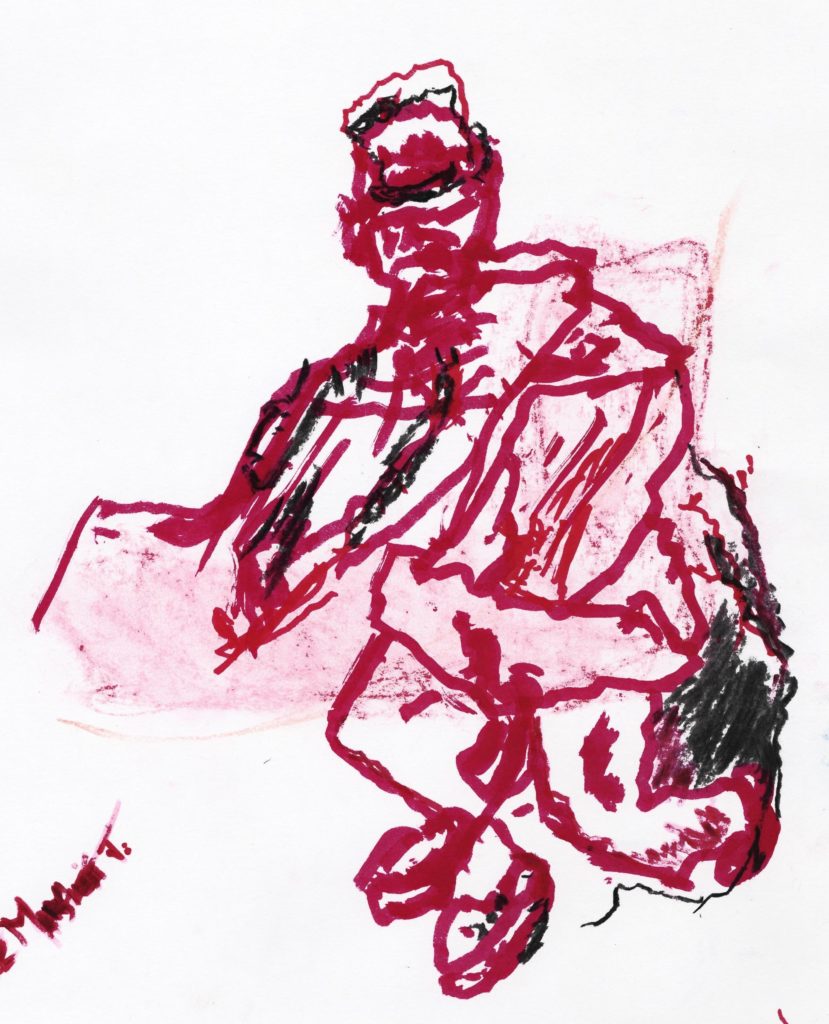
Lovely exhibition. Makes me dwell on the essence of what it means to be human – music, drawing … and the fascinating relationship between the body and the mind.
Sean
Visitor to In The Moment Exhibition
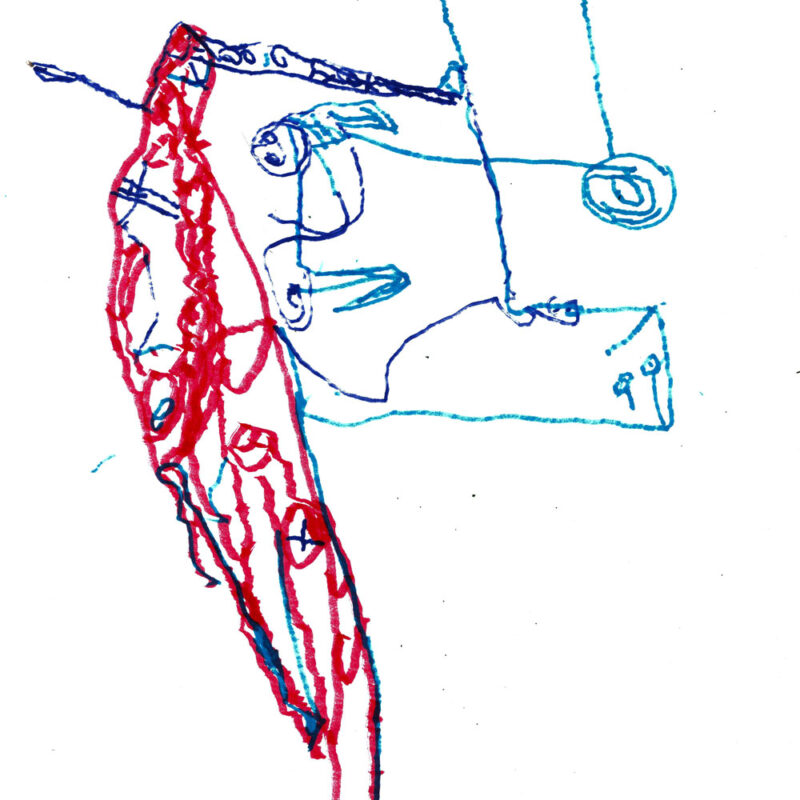
I feel content and calm afterwards.
Liz
Resident at Hastings Court
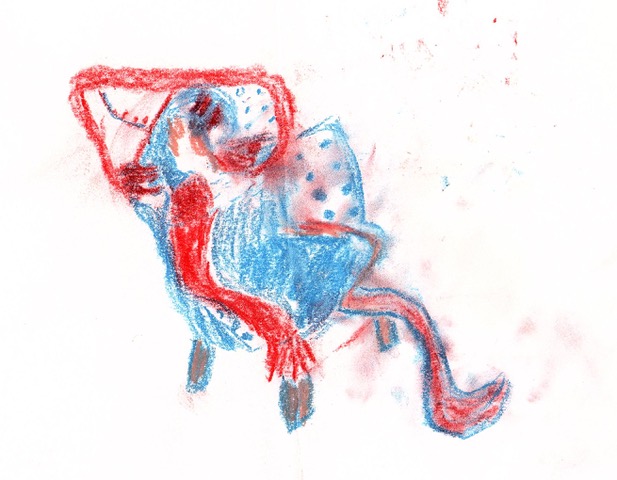
The classes make me feel comfortable. No one puts pressure on you, and you can do what you want.
Audrey
Resident at Hastings Court

The levels of concentration and the development of skills amongst the residents inspires everyone. The encouragement of the teaching, discussion and laughter during the classes creates a lovely atmosphere that I know both the residents and the staff enjoy as the conversations start before the class and continue afterwards. It has been especially interesting for staff to consider how residents look at things and seeing non-verbal residents expressing themselves through line and colour. Having an activity that is so involving, whilst also creating opportunities for interaction on so many levels, is a joy.
Rebecca Elgar
Lifestyles Manager, Hastings Court
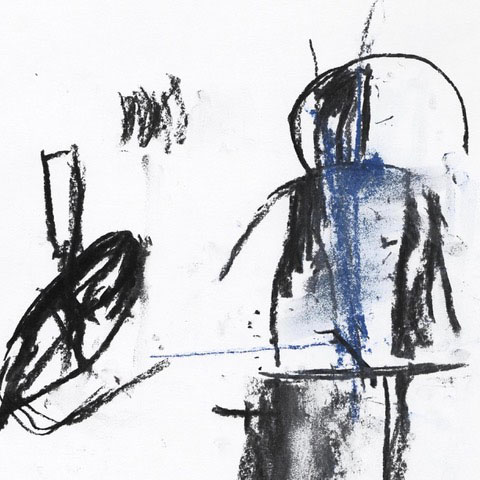
“The sessions are more than just an activity for those with dementia, they also provide unique and significant support for the carers. Which makes us better carers.”
Dan China
Elizabeth’s husband and carer

This is a very interesting and worthy project.
Paul M. Matthews, OBE, MD, DPhil, FRCP, FMedSci
Head, Division of Brain Sciences, Department of Medicine and Centre for Neurotechnology, Imperial College London
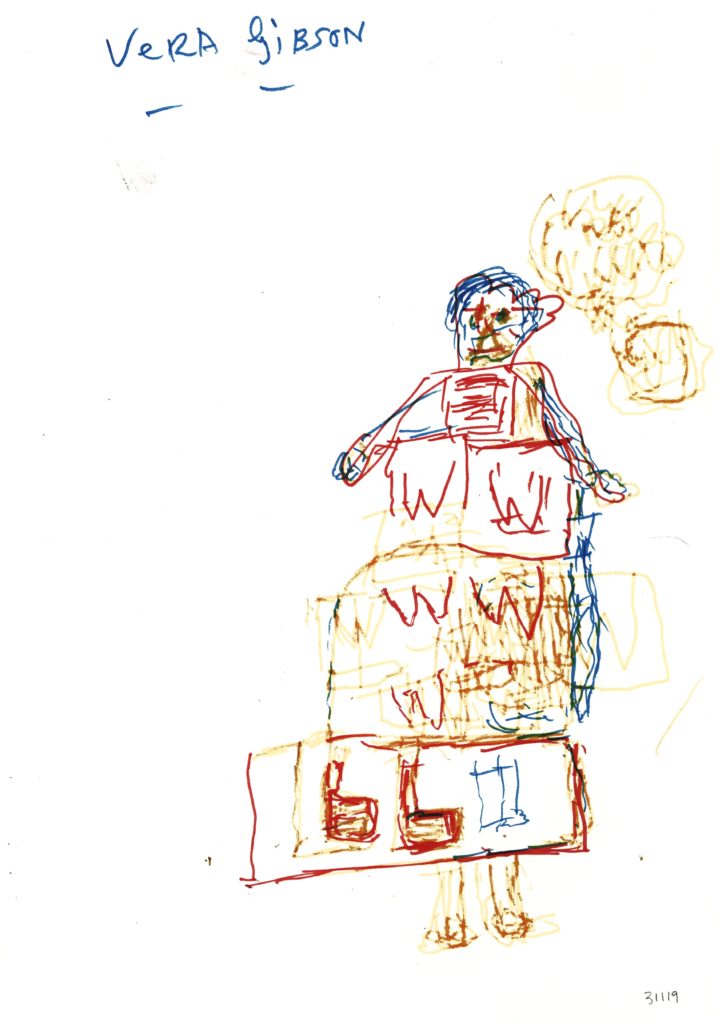
Drawing keeps our residents busy and relaxed. They enjoy life drawing a lot, it seems to calm them down and makes them happy.
Georgia Moor
Carer, The Whitebeach Care Home
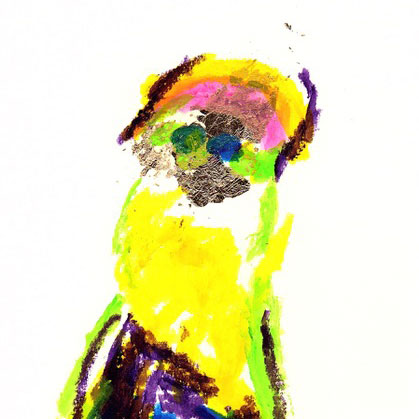
The first impression is one of incredible spontaneity, a lack of inhibition and a sense of sophistication evocative of abstract and expressionist art. The work is almost fugitive as neurotic lines sketch out implied forms, crossing the bridge between abstraction and formal representation.
While the works have deep sense of integrity they are hard won, even if they are thin. This comes from a highly subjective approach that lacks a discriminative and reflective criticality. To their credit some drawers have tried to reconsider and redefine their work objectively in a critical and objective way, making it a ‘considered’ activity, and that makes the work more easily accessible and readable.
Without formal training, the drawers are approaching territory that artists work hard to achieve and realise, that of spontaneous non-judgmental expression. Often when people draw, there is always the inhibition: is it good enough or is it embarrassing? But within these drawers, there is a natural devil-may-care spirit. All art aspires to express an inner sense of self and to define one’s place in the world, and curiously these works however superficial they might at first seem, have a deep sense of integrity. We all have visual triggers that summon up wanted or unwanted baggage, hidden narratives and deep frustrations, but these realizations might very well be rooted in the deep subconscious.
Picasso said it took him ‘a life time to learn to paint like a child’, and this work has a child like innocence and honesty about it. While Picasso refers to casting off formal training, which is not the case here, these spontaneous works summon something unique to do with the nature of self. The biblical expression, ‘once a man twice a child’, also comes to mind and these drawers, with much adult experience perhaps fading in and out now, illustrate a magic that gives this show a sophisticated quality.
This project has value for the individuals, as a non-passive activity, and it has value for the community; it is beautiful art to be appreciated, possessing a sense of many selves and voices.
Chris Milton
Senior Lecturer, Art and Design
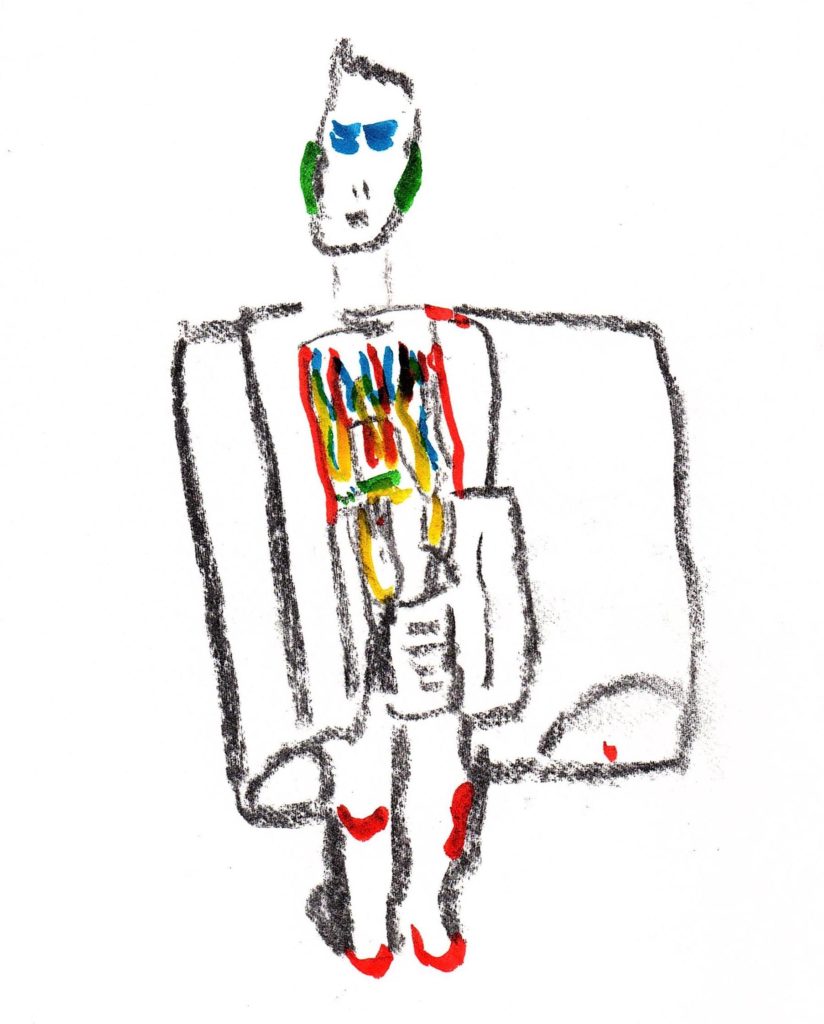
This is such a worthwhile project, and should be available to all those with dementia.
Janice Towns,
Kenneth Smith’s daughter

Really interesting insight into the difficulties of visual perception and how the activity of drawing can calm and focus.
Dan China
Former Art Teacher, Husband and Carer

Residents enjoy the calm peaceful atmosphere the activity creates, the engagement has been both moving and enlightening to see. Our residents are able to follow the flowing movements from the life model and produce some wonderful creative and therapeutic pieces. We are hugely grateful to Drawing Life for coming to Coast Care Homes.
Coast Care Homes
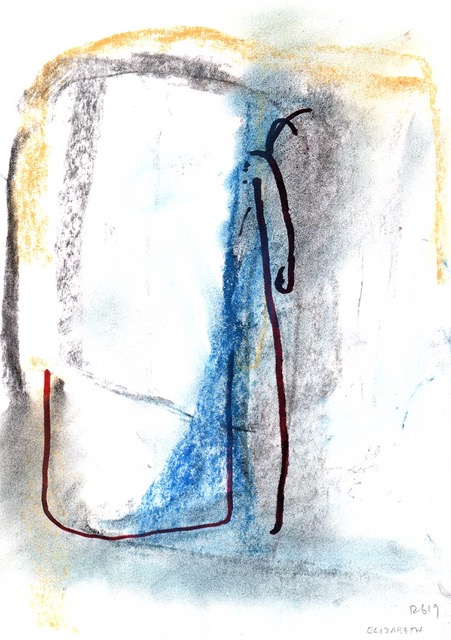
Through regular drawing classes, I’ve seen a definite improvement in residents’ concentration, confidence and ability.
Kimberley Mann
Lifestyles Manager, Hastings Court
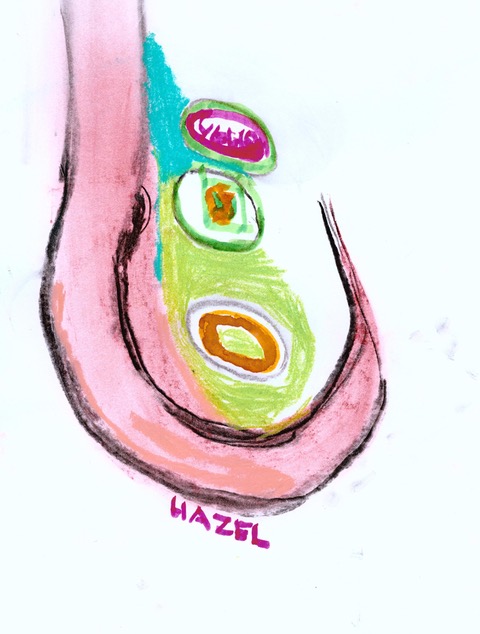
Thank you for this inspiring display. Some arresting and thought provoking images.
Tracy
Visitor to In The Moment Exhibition

These drawings are so fresh and alive – brought out through this excellent engagement between artists and participants, which is a living force.
Sinead
Visitor to In The Moment Exhibit
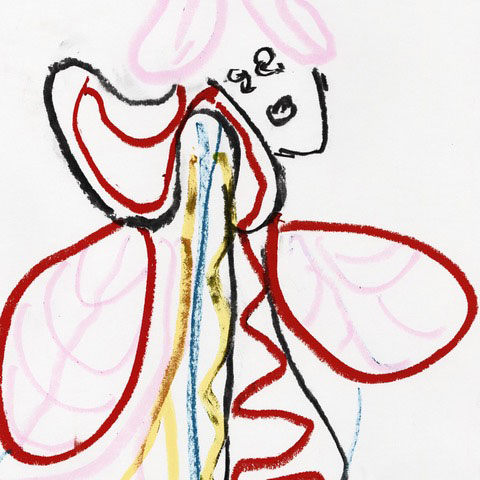
Drawing Life’s expertise provides an atmosphere which is relaxed, happy and gives the residents a sense of purpose. It should be heart-breaking, but actually this strange role reversal is joyous, it gave me an opportunity to share mother and daughter activity in a way we haven’t since my childhood – only this time I’m the responsible adult.
Julia Mortimer
Celia Mortimer’s daughter
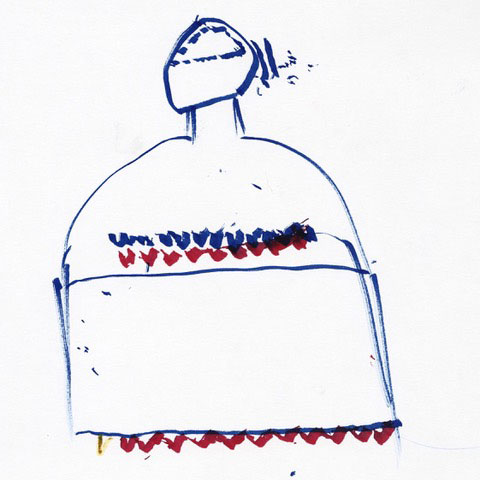
Familiarity makes things easier, even if someone can’t explicitly remember having done the task before, and if they are doing something like this on regular basis, I do think it would genuinely help.
Being able to sustain attention and concentrate because people are in this setting, the task of drawing can be done for longer. With encouragement from the teachers and sitting with their peers, you can see people wanting to try, making the effort. So I think to have regular classes has a positive effect.
Without having explicit memory of what was done the week before, people have been affected and the way they work has changed. The work has improved and everyone feels more confident – that in itself is quite an achievement.
These classes are much more valuable than doing something passive, such as sitting and watching television, or watching something happen in front of you. It’s the engagement, it’s the tactile nature of things, being able to feel what you’re doing – it has a lot of value.
Dr Paresh Malhotra
Behavioural Neurologist, Charing Cross Hospital
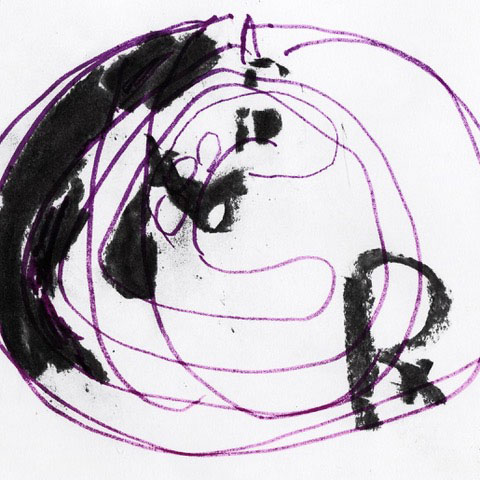
Mum said it’s so much fun. It’s giving her confidence to draw more loosely, rather than so precisely. It’s great to see her so happy.
Juliette Gramaghlia
Anne’s daughter
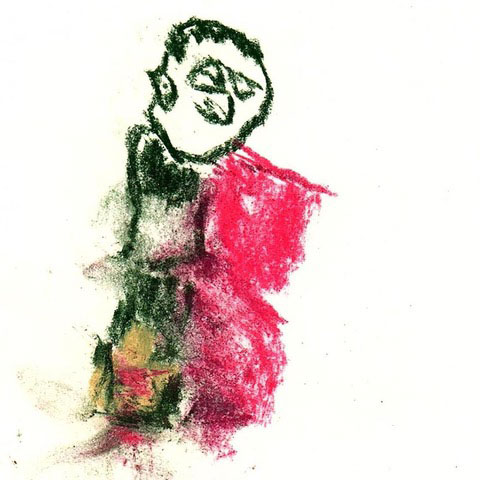
Seeing how altered perceptions of the world are channelled through the activity of drawing has challenged me to reconsider many of my own responses and reactions when making work.
Matthew Radford
Drawing Life tutor and artist






